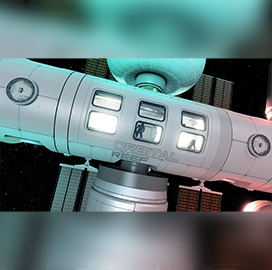
Ultraviolet radiation
CU Boulder-Built Satellite to Support Webb Telespoce’s Space Exploration
The University of Colorado Boulder’s Laboratory for Atmospheric and Space Physics will build a cubesat for NASA to support the James Webb Space Telescope’s exploration of exoplanet atmospheres.
LASP will develop the satellite under the space agency’s mission, titled “Monitoring Activity from Nearby Stars with UV Imaging and Spectroscopy,” to observe and measure the ultraviolet radiation emitted by stars beyond the Earth’s solar system.
The MANTIS satellite is scheduled for launch in 2026, Daily Camera reported. According to Kevin France, a CU Boulder associate professor at LASP and a scientist on the MANTIS team, the $8.5 million cubesat will follow the JWST and focus on the stellar environments of planets the space telescope is observing.
The MANTIS launch will follow the deployment of a similar satellite, which ended its operations in 2021. Compared to the previous satellite, MANTIS will be designed as a more advanced spacecraft carrying two high-tech telescopes. According to the mission’s science team, MANTIS will enable seeing what some stars look like in extreme ultraviolet for the first time.
Category: Space




